Pitt Med magazine

Friday, August 2, 2019
When one person becomes part of the other: New lungs and bone marrow help some patients with no other options.

Monday, March 18, 2019
Mothers are dying of pregnancy-related complications at a high rate in the United States, especially African Americans. Three Pitt professors appointed to Pennsylvania’s Maternal Mortality Review Committee share perspectives with Healthy Start's CEO.

Friday, February 8, 2019
Pitt virologist Terence Dermody thinks of cells like little factories. He and a team of doctoral students are working to decode how viruses can disrupt the assembly line.

Friday, October 12, 2018
Ann Donnelly, a research specialist in the Department of Biomedical Informatics, was part of a team that created the first-ever artificial enzyme capable of working in a living organism.
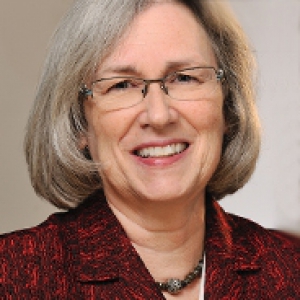
Monday, October 8, 2018
As new clinical director of the Aging Institute of UPMC, Anne Newman hopes to figure out why her fellow baby boomers are staying healthier for longer than past generations.
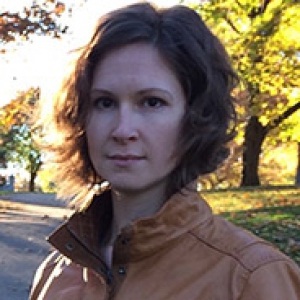
Monday, September 17, 2018
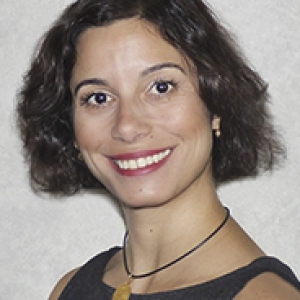
Wednesday, July 11, 2018
Anne-Ruxandra Carvunis studies the parts of DNA that were once thought to be junk. What she found there overturned a fundamental assumption of cellular biology.
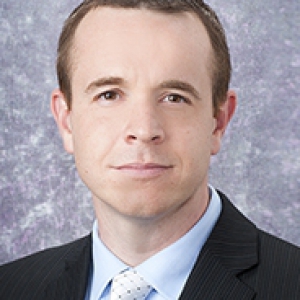
Friday, March 30, 2018
Platelets — the body’s internal Band-Aids — are sometimes too effective at stopping bleeding, causing potentially dangerous clots. Matthew D. Neal, assistant professor of surgery and critical care medicine, and others are searching for ways to regulate clotting to help trauma victims.

Wednesday, January 31, 2018
About half of us have the genetic variants for celiac disease, but only one in about 130 people will get it. Pitt’s Terence Dermody in the Department of Pediatrics is on his way to understanding why.
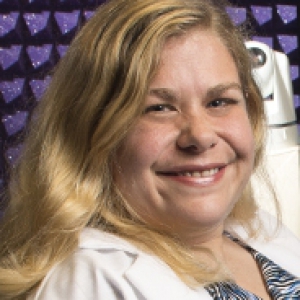
Friday, December 1, 2017
Kymberly Young is using neurofeedback — a process where patients respond to their own brainwaves — to help patients with depression rewire their brains to focus on the bright side.

